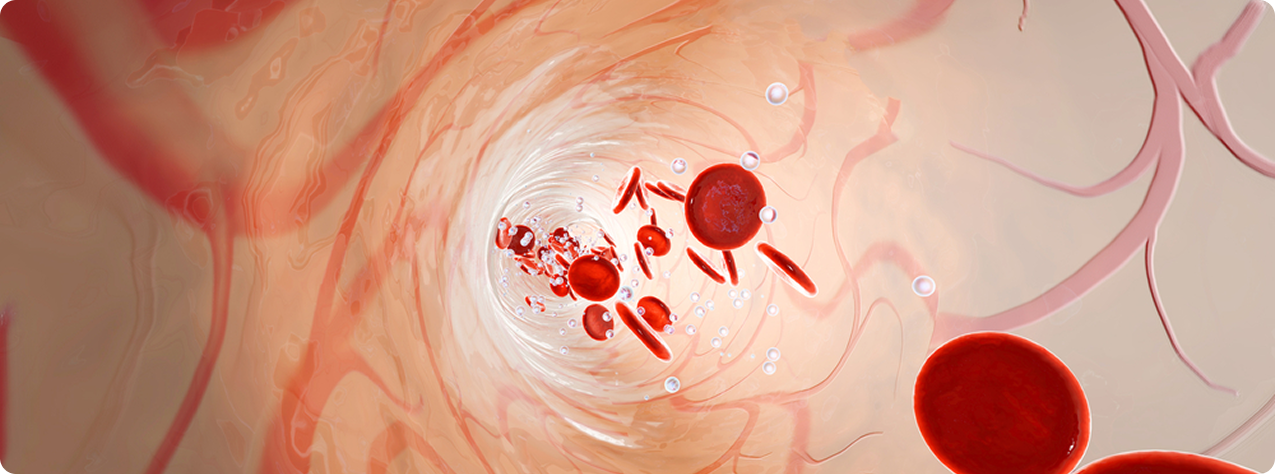nearsightedness
Nearsightedness (myopia) is a common vision disorder in which you can see close objects clearly, but distant objects are blurred.
Myopia may develop gradually or rapidly, often worsening in childhood and adolescence. Myopia often runs in families
Myopia can be determined as a result of a normal eye examination This condition can be corrected by using glasses or contact lenses Another type of treatment is surgical intervention
Nearsightedness occurs when the eye is too long or the cornea is too curved This causes light rays to focus in front of the retina instead of the retina Incorrect focus leads to blurred vision of distant objects The exact cause of the development of long eyes is unknown, but it is probably related to both genetic and environmental factors
Normal Vision
Two parts of the eye are involved in focusing vision:
- Cornea, the front, clear surface of the eye
- Crystalline, a clear structure inside the eye that changes shape when focusing
In an ideally shaped eye, these structures are smooth The cornea and lens refract light rays so that the retina receives a full, focused reflection of objects.
Refractive Disorder If the cornea or crystal does not have an even, smooth surface, the light rays will not refract properly. Myopia is just such a disorder Reflections of objects fall in front of the retina instead of on the retina, causing distant objects to appear blurry
Other refractive disorders
In addition to myopia, other disorders are:
- farsightedness (hyperopia) This is when the cornea is less curved or the eye is shorter than it should be, making it difficult to see distant objects. This causes the opposite changes in myopia In adults, both near and far objects may appear blurry
- Astigmatism At this time, the cornea or lens is more inclined on one side than the other Uncorrected astigmatism causes blurred vision
Symptoms of myopia include:
- Blurry vision of distant objects
- Squinting or partially closing eyes to see better
- Headache caused by eye strain
- Vision problems while driving, especially at night
Myopia is often diagnosed in childhood, mostly at the beginning of school A near-sighted child often:
- Squints his eyes
- Sits closer to the TV or computer, on the front desks in the classroom
- Can't see distant objects
- Blinks too much
- Puts his hand over his eyes
The doctor will determine the degree of myopia and choose the method of vision correction
Seek emergency medical help if visual disturbances or partial loss of vision develop. This could be a sign of retinal detachment, a rare complication of nearsightedness Retinal detachment is an emergency and time is of the essence
Regular examinations Sometimes vision problems are not detected early. Because of this, the American Academy of Ophthalmology provides a protocol for regular checkup intervals for seeing an ophthalmologist.
Adults If you have eye diseases, e.g High risk of developing glaucoma, the frequency of visits should be once every 2-4 years, up to 40 years of age Once in 1-3 years, up to 40-54 years and once in 1-2 years, from 55 years
If you don't wear glasses or contact lenses, have no symptoms or are at high risk for eye disease, start regular eye exams starting at age 40 Then, get eye exams at these intervals:
- First exam at age 40
- Every 2-4 years, ages 40-54
- Every 1-3 years, ages 55-64
- Every 1-2 years, from age 65
If you wear Ask your doctor how often you should go for checkups If you notice vision problems, schedule an appointment with your doctor as soon as possible, even if you've recently had your eyes checked. Blurred vision, for example, often means that glasses need to be replaced
Children and Adolescents In children, screening for visual impairment, vision examination by a pediatrician and ophthalmological examinations are required even at the newborn age. Thereafter, vision should be checked at each routine visit
- In newborns
- During regular examinations, before school
- In addition, screening is recommended for school-aged children approximately every 2 years
